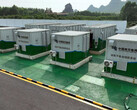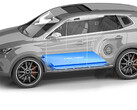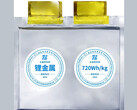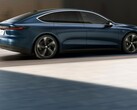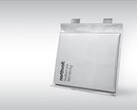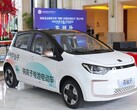A cheap sodium-ion battery that doesn't use expensive lithium but with the higher energy density of solid-state batteries would be a coveted achievement for spearheading electric mobility.
That's exactly the production goal of the Huahui New Energy battery maker which managed to cram 200Wh/kg of energy density in a sodium battery with solid-state electrolyte.
This is closer to the energy density of current LFP batteries in electric cars like the Tesla Model 3 RWD, rather than the 145Wh/kg to 160Wh/kg of the first cars with cheap sodium-ion battery that were unveiled last year.
While most solid-state battery makers use oxide or the more expensive sulfide solid electrolytes, the sodium battery breakthrough has been achieved by combining polymer composites. This has allowed to lower the cost of the resulting solid-state electrolyte without sacrificing performance, and the same has been achieved for the electrodes by supplementing sodium instead of lithium and coating the cathode with a combination of organic and inorganic materials:
The company is testing the mainstream layered oxide, Prussian blue and polyanionic cathode materials on the market. Among the current samples in our laboratory, the sample cycle of polyanionic materials can already reach more than 4,000 cycles. Layered oxidation's cycles can also exceed 1,800 times.
As a result, the end goal of the mass production start that the company received a round of financing for is to hit 300Wh/kg of energy density at a cost of just 4 cents per watt hour.
While Toyota, ProLogium, Samsung and others are preparing to commercialize vehicles with their own solid-state batteries by 2027, the first models will be premium electric cars in limited batches. That is why the cheaper solid-state sodium battery could prove an even more important achievement.
It would usher in electric cars with solid-state battery that is comparable in price to the current LFP pack in the Model 3, but safer to charge fast and with higher energy density. The company plans to have its sodium solid-state battery in storage systems in 3 years and in electric vehicles in 5, while it is simultaneously working on a solid-state lithium battery so that it can cover the premium EV market as well.





